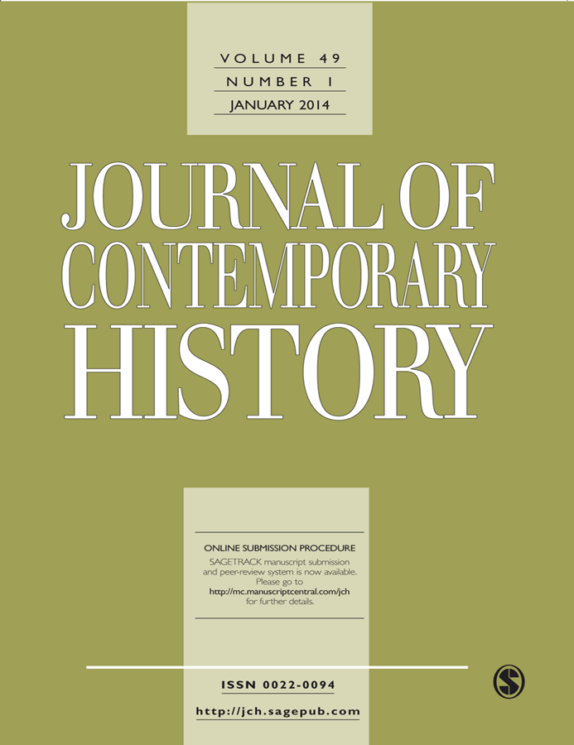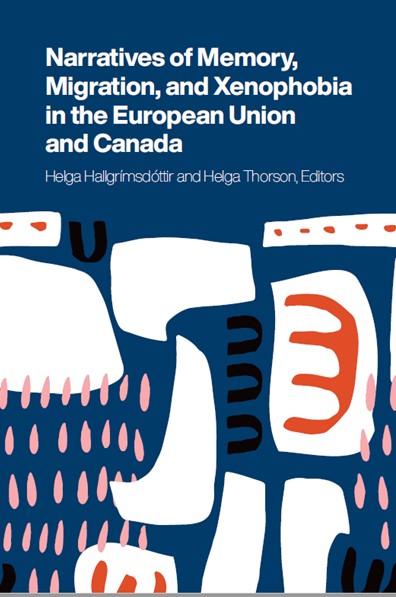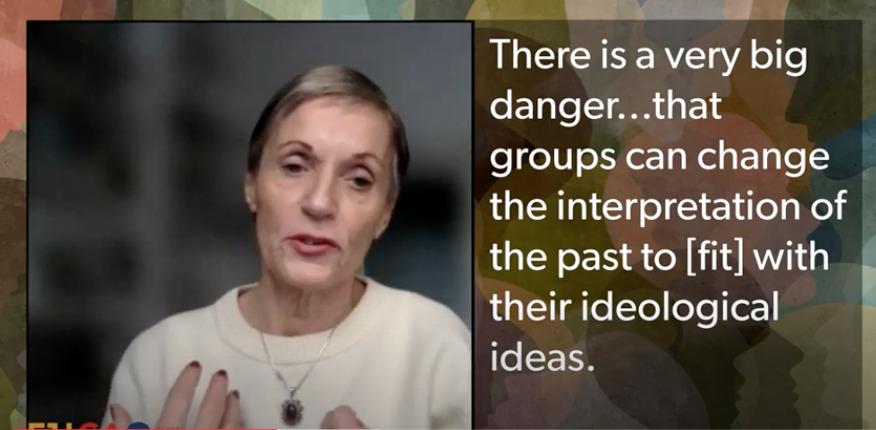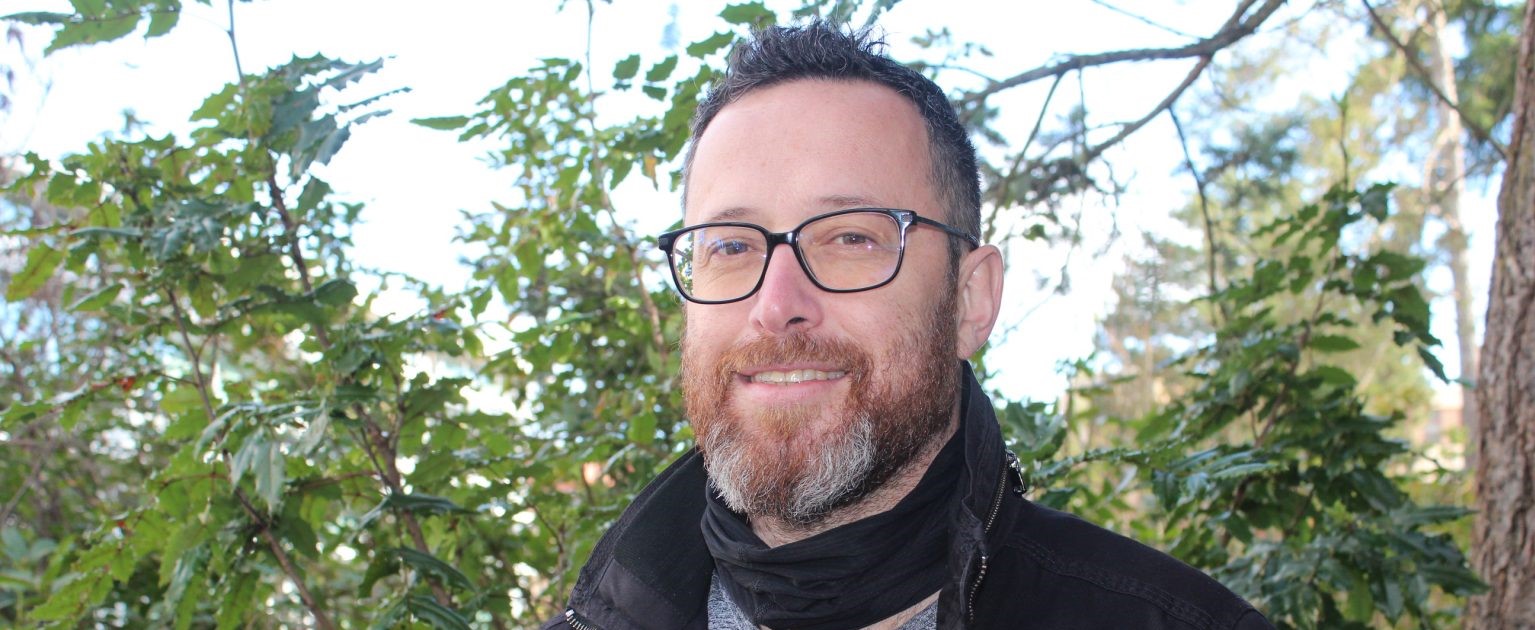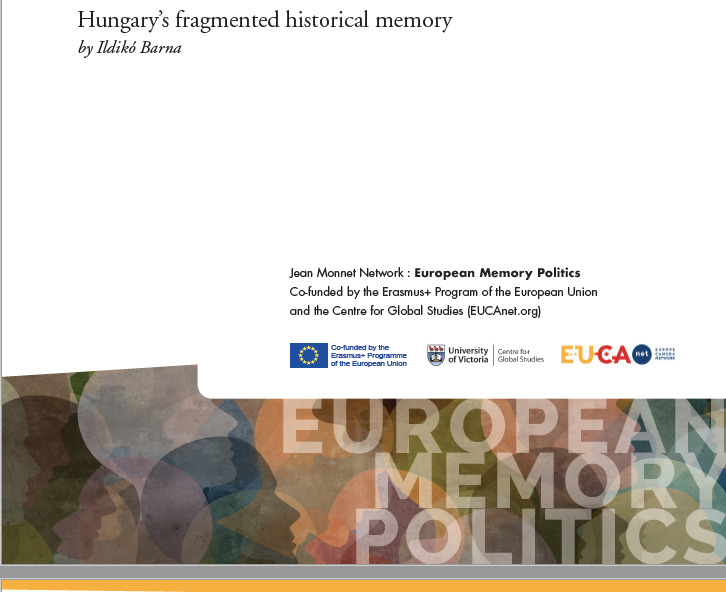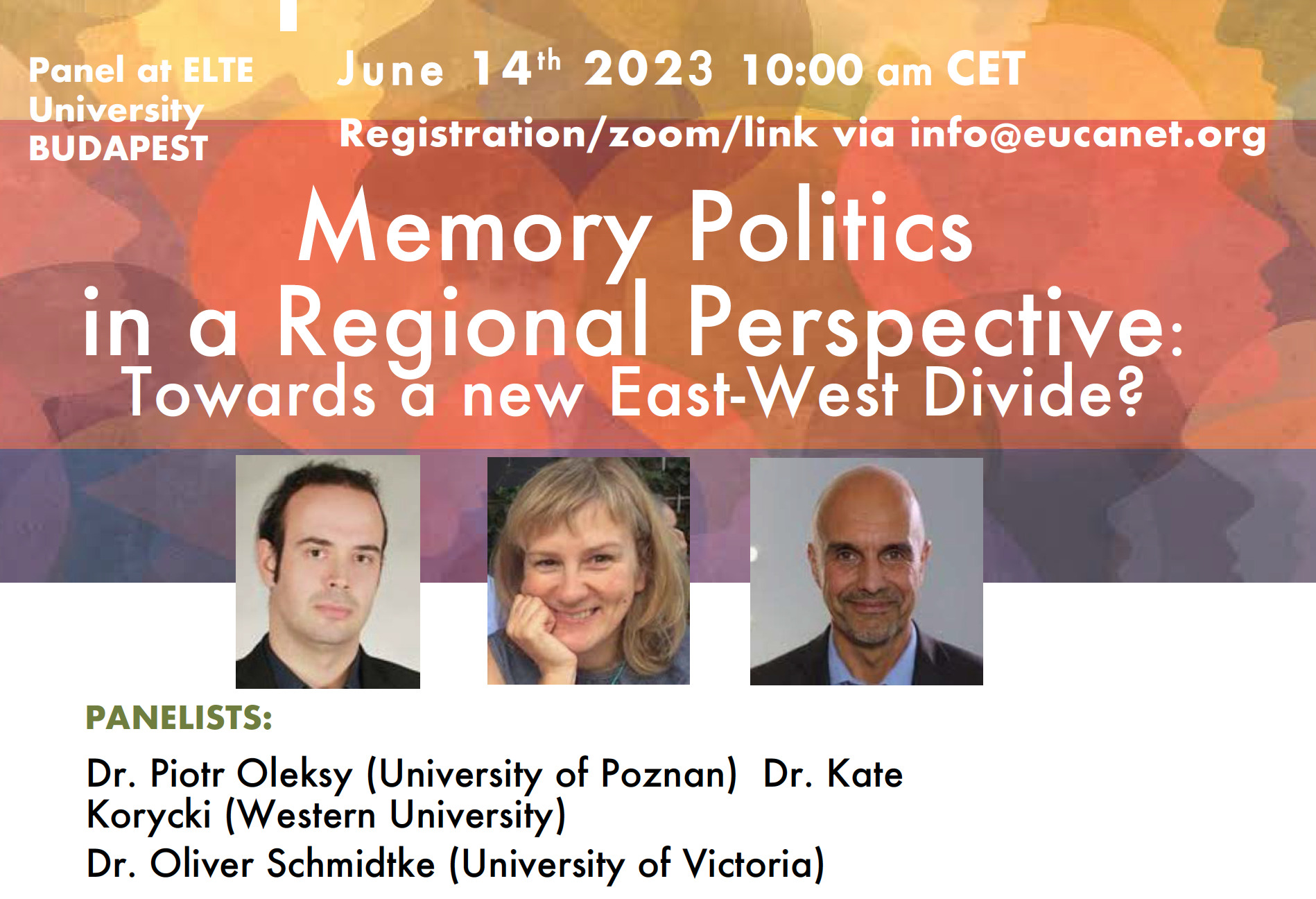The Oder-Neisse Line as a place of remembrance for Germans and Poles
Halicka, Beata (2014). The Oder-Neisse Line as a place of remembrance for Germans and Poles, Journal of Contemporary History 49(1): 75–91.
This article takes the Oder region as an example to demonstrate the way in which memories of the Second World War and the postwar years are cultivated by residents of the region, and furthermore, how the place of remembrance of the Oder–Neisse line was encoded by Germans and Poles respectively. The Oder region saw an almost complete population exchange, which was a result of several migration processes. On both sides of the Oder–Neisse line, the memories of these events were manipulated politically and influenced the collective memory of the respective groups. The following text is based on the results of an Oral History project (www.pyrzany-kozaki.eu) carried out under my direction in 2011, as well as on the analysis of memoirs written by Polish new settlers in the 1950s and on reports by German refugees and expellees. These sources were the main focus of my research on the topic of ‘“Poland’s Wild West” – forced migration and cultural appropriation of the Oder region 1945–1948’.
